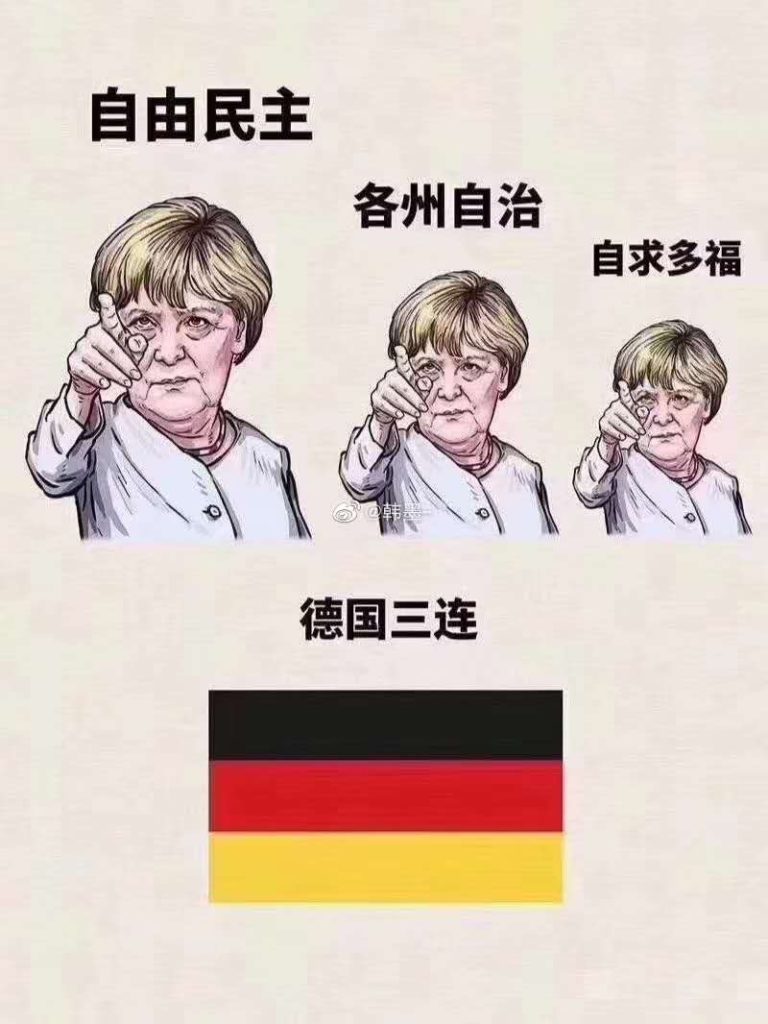Today’s article is different as I would like to share a learning activity I did in February — and that’s returning to Chinese classes, my C-day entry for my Pandemic Journal in the Blogging from #AtoZChallenge.
Last year, I welcomed a new job with quite an achievement: passing the HSK 3 exam, or the average proficiency in a six-tier test. Finally, I reached the goal that I had set in 2017.
Upon passing, I promised myself that I would take the fifth tier late this year. But looking at my progress and what’s happening nowadays, it seems to me that I won’t be able to do that — it’s too early to tell (c’mon, it’s only April).
Speaking of progress, my Chinese level stalled when I began my new job for so many reasons, the lack of confidence topping them. But the current health crisis once more presented an opportunity for self-growth as I still had almost 30 hours left in my Chinese classes with Purple Bamboo. They were so gracious to allow me to use those remaining hours and do virtual classes over WeChat. Besides that, my two lǎoshī 老师 (“teacher”) were so enthusiastic to accompany me during the hardest weeks of my self-isolation, considering that they, too, cooped up in their homes.
Alongside the classes, I launched my Weibo account because there’s so much going on in this Chinese social network and I feel that I miss out a lot (hello, FOMO). But beyond that, I’ve noticed the subtle differences in the way the young Chinese use their language — they have so many expressions built out of several characters, which somehow reinforces my observation that the Chinese are innately poetic. I’d like to know more about the buzzwords Chinese millennials use, or even just be aware of those phrases because, hey, I belong to that generation!
That being said, Ms. Qin, one of my lǎoshī, taught me some cool phrases — and I admit at the time of writing, I already forgot some of them (and I had to open my notes to remember the characters). In our last class, we talked about the actions of some countries with regard to the spread of the pandemic. The following photos are so hilarious! To give you some context, the phrases show the progression of the “actions” of the countries, from staying lax to getting headaches.










Now that I’ve completed the entire 80-hour session, I told my lǎoshī that I would begin another cycle, but this time, to practice my spoken Chinese. I haven’t signed up for a new cycle, however, because I fare better doing face-to-face classes rather than virtual courses, which require a laser-straight focus. In the meantime, I continue self-learning Chinese through listening to music and trying to decipher/translate the Chinese articles of my colleagues haha!

Note 1: Purple Bamboo Language School has rolled out a WeChat course for learners all over the world who wants to practice Chinese in a convenient and fun way during the pandemic. Purple Bamboo will donate part of the tuition to help people affected by the situation. The WeChat course costs RMB 5 per day (or RMB 110) per month. For more information, scan the QR code on the right.
Note 2: My entry for today was supposed to be about a free online course offered by the World Health Organization about COVID-19 preparedness and response, but I haven’t started it yet. The course is three hours long, and students will receive a certification upon reaching a score of at least 80% in the course assessment. I will try to write about that in a future entry, either for my Pandemic Journal or for a regular article.
Photos: Weibo via Purple Bamboo

I had to do a little digging to find translations of those cartoons. I don’t know how accurate the translations I found are, but if the US one is really about hording guns, that is hilarious. Gun stores are one of the few business that are still open here. It’s so silly. Are we supposed to shoot the virus if we see it coming toward us?
I will look for the translation in my notes! Hahaha — but look at North Korea’s photo — it is an onomatopoeia because of a running joke that a “confirmed case is shot to death”